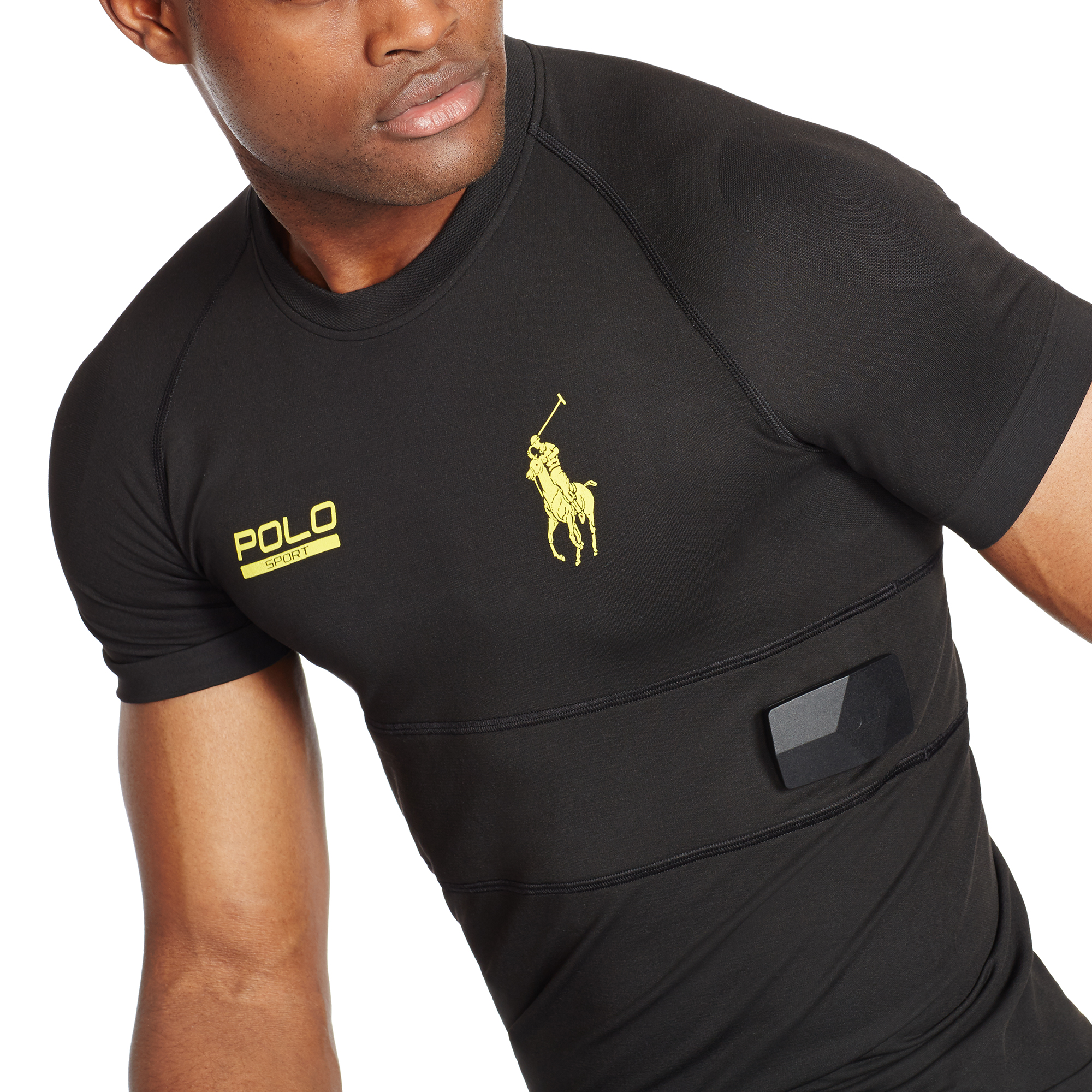Swedish and MIT researchers have developed new fibers, called OmniFibers, that could become a major breakthrough in health smart technology. By sensing and then pressurizing internal tubes of fluid, the fibers can monitor and provide tactile feedback about the wearer’s muscle contractions when they breathe.
OmniFibers are thin and comfortable to wear—resembling polyester—rather than overly stiff and hot like previous iterations of wearable smart fibers. Because they are thinner, more comfortable, more responsive, and less expensive than earlier smart fibers, OmniFibers hold promise for a wide variety of applications that could benefit from real-time respiration muscle feedback.
The first goal is to develop a wearable breathing regulation garment.
The idea behind a smart breathing control garment is for the device to observe the wearer’s breathing patterns and provide guidance for improvement using pressure or vibration. Researchers tested their prototype by training an OmniFiber undergarment to recognize the respiratory patterns of an expert opera singer. Their goal was for the garment to learn the opera singer’s breath techniques. The garment could then be used to provide feedback to an untrained singer to train the novice to emulate the respiration of the expert.
The researchers initially chose to focus on singing, but they recognize opportunities for many other applications. For example, OmniFibers could be worn by highly skilled athletes to capture the breathing patterns, similar to what is being offered by Ralph Lauren’s smart shirt, which uses silver-coated thread. They could then be used to help less-skilled athletes improve their performance.
More importantly, OmniFibers could be valuable to the medical community. People recovering from surgeries, collapsed lungs, and other respiratory conditions often struggle to re-learn breathing patterns during recovery. The COVID-19 pandemic has also sadly left many victims with lung damage in its wake. The developers of OmniFibers hope that the technology could soon be used to help medical patients breathe easier and regain lung function more quickly than they would without the in-depth and personalized help offered by a smart breathing-control garment.
Breathing patterns are just the beginning for this fiber technology.
Imagine a smart glove that could help artists capture the perfect brush stroke technique through immediate hand and finger muscle feedback. Or, think of a weightlifter trying to master perfect lifting form after a debilitating injury. Smart fibers could capture movement data from accomplished artists and un-injured lifters and help trainees mimic those optimal movements.
The doors that may be opened soon are numerous. As soon as this technology becomes readily available, the potential for developing other smart products with life-changing implications will skyrocket.
Photo courtesy of Ralph Lauren
